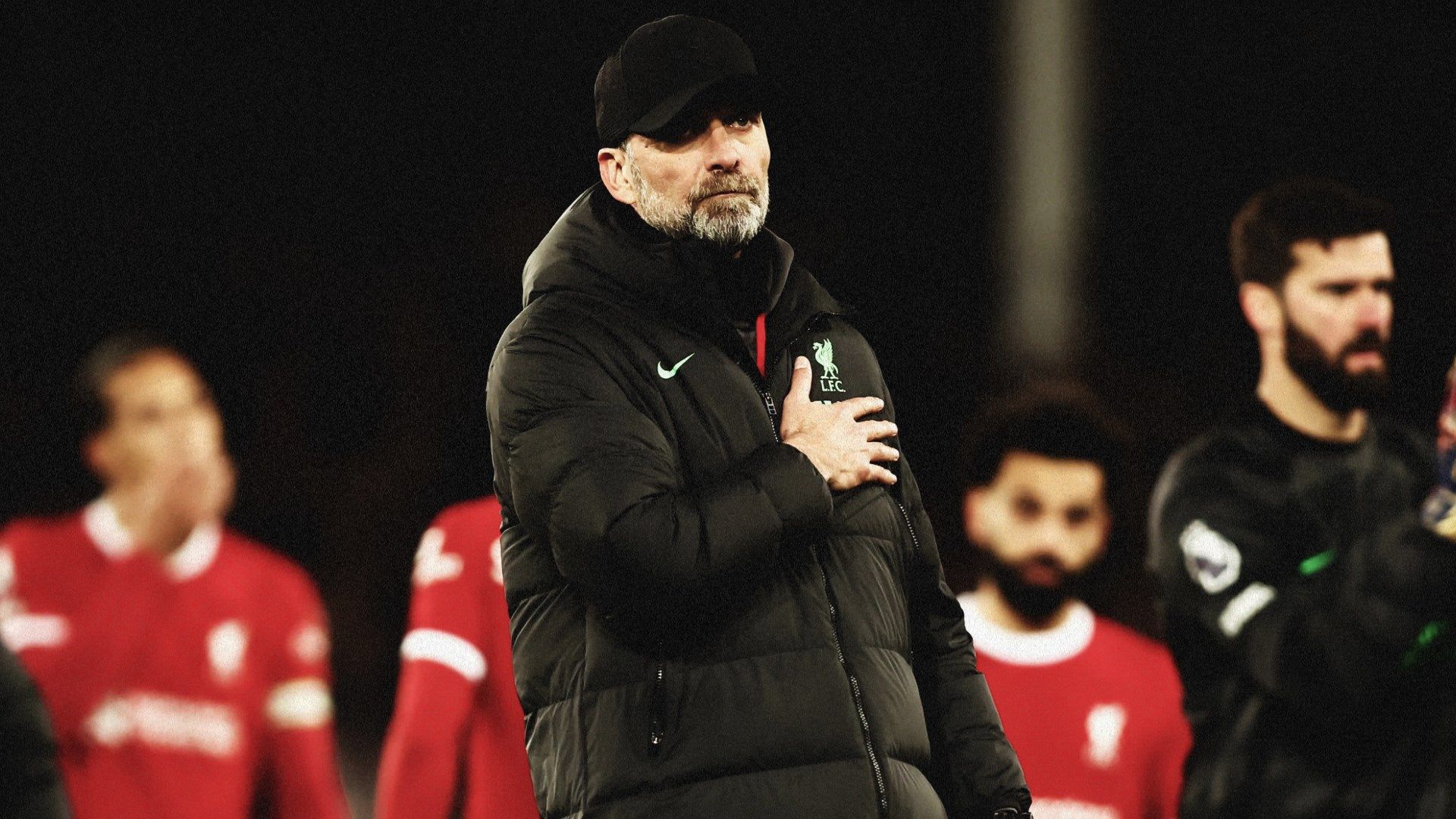Without odds there would be no betting and without understanding odds there will be no winning customers. The odds are quite simply the price, they are used to calculate exactly how much you will receive if your bet wins. Generally speaking the odds don’t change no matter how much (or little) you want to stake on a selection.
There are two main types of odds. Fractional and Decimal. There is no monetary difference between the two and no reason to choose one over another. They are simply different ways to display the same thing.
FRACTIONAL ODDS
Fractional odds are displayed as 10/1 or 7/2. There are several ways to try and understand them but the easiest way is “how much you will win”/”how much you stake”. So for example if you stake £1 at 10/1 you will win £10 (remember that’s your profit, you will receive your pound back too!). If you stake £2 at 7/2 then you will win £7 and get your £2 stake back.
You can see odds which appear to be the wrong way round for example 1/10 or 2/7. These are what are referred to as ‘Odds-On’ selections and you would have to stake £7 to win £2. You will see odds of this type when there is a strong favourite to win. For example when Chelsea lined up against Ipswich in the FA Cup, the Blues were as short as 1/10 to win the game.
Most online betting sites will show you your potential winning on the betslip but it’s crucial to understand the odds in order to get value. To be a winning punter, you not only have to back winners but you have to do so when the price accurately reflects the chance of winning. It’s very easy to say that Chelsea would beat Ipswich but are you willing to stake £100 to make a profit of just £10?
To calculate your potential returns from fractional odds:
((Stake /denominator) x numerator ) + stake
For example, £10 staked at 7/2:
((£10/2) x 7) + £10 = £45

DECIMAL ODDS
Now fractional odds are confusing and just by writing the above section I am wondering why on earth anyone still uses fractional odds! In the opinion of this bookmaker, decimal odds are far easier to understand. If I asked you quickly to say which is the bigger price, 7/4 or 9/5? You’d have to think about it, right? But if I asked which is the bigger number 2.75 or 2.80? It’s not so hard.
So the equation for calculating returns from decimal odds (which are written as 1.80 or 4.50) the equation is so much simpler:
Stake x Odds
For example, £10 staked at 4.5:
£10 x 4.5 = £45
With decimal odds your stake is automatically included in your returns and it makes for a far easier calculation. Decimal odds of 2.0 represents even money (1/1) and anything less than 2.0 is an odds on bet. So for example 1.50 will see you win half your stake and to continue the example of Chelsea from above, Chelsea were priced at 1.10 to beat Ipswich Town.
You will never see odds of less than 1.00 but you can see 1.01 for example when a good team is winning 2-0 at home with ten minutes to play. You would need to be mighty brave (and in my opinion mighty stupid!) to back selections at 1.01. You’d have to be confident that backing this 100 times would be successful 100 times in order to stay in profit and having seen many late goals and dodgy referees decisions, 1.01 is to be avoided like the plague.
If you need to convert fractional odds into decimal odds, it’s easy enough. Just divide the fractions and add one (the one represents your stake). So for example to convert 7/2 into decimal odds, you would divide 7 by 2 and add 1, which gives you 4.5. It’s easy enough but if that all seems to complicated then just search for “odds converter” and let someone else do the work for you!
Next Match





.jpg?auto=webp&format=pjpg&width=640&quality=60)
.jpg?auto=webp&format=pjpg&width=640&quality=60)
